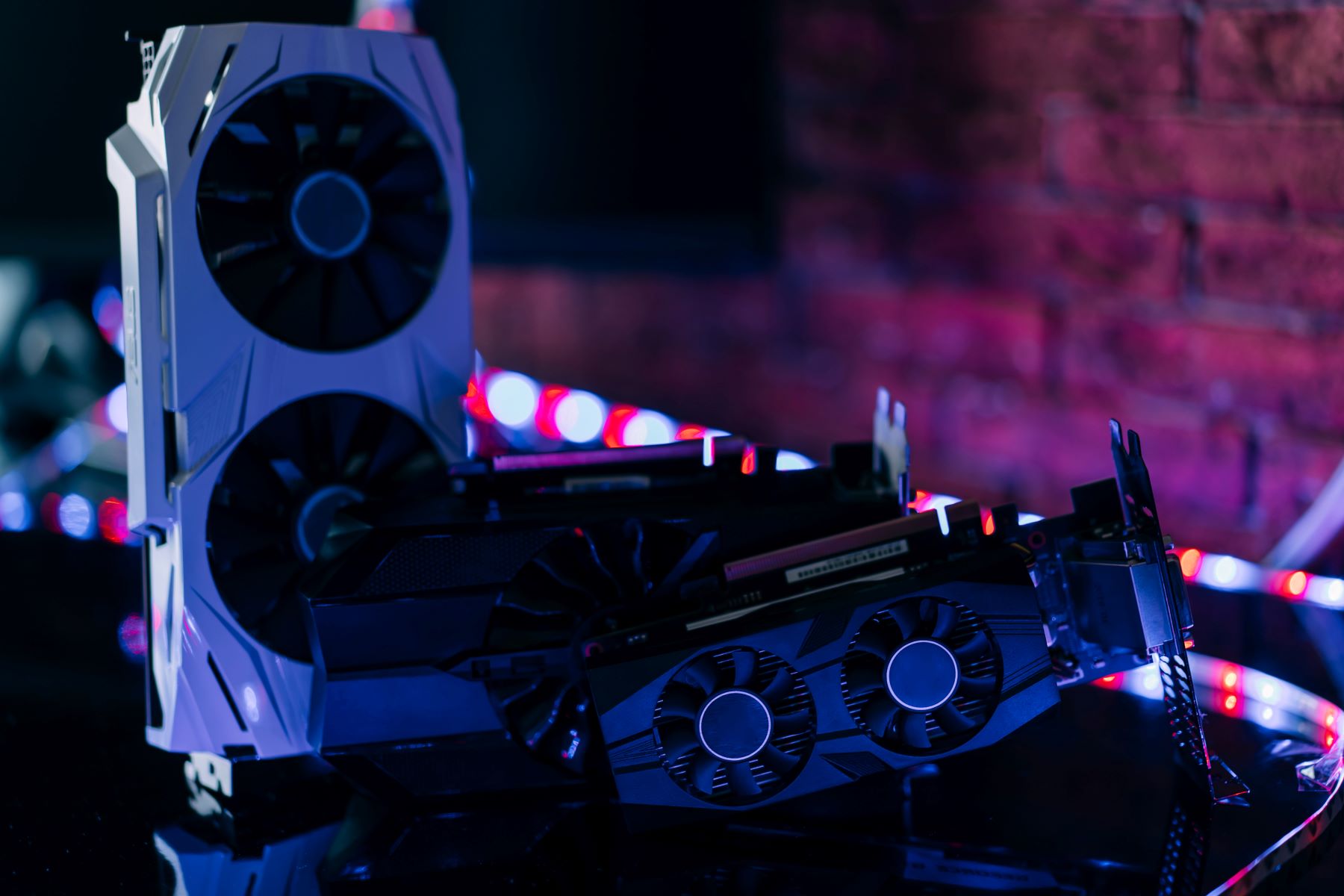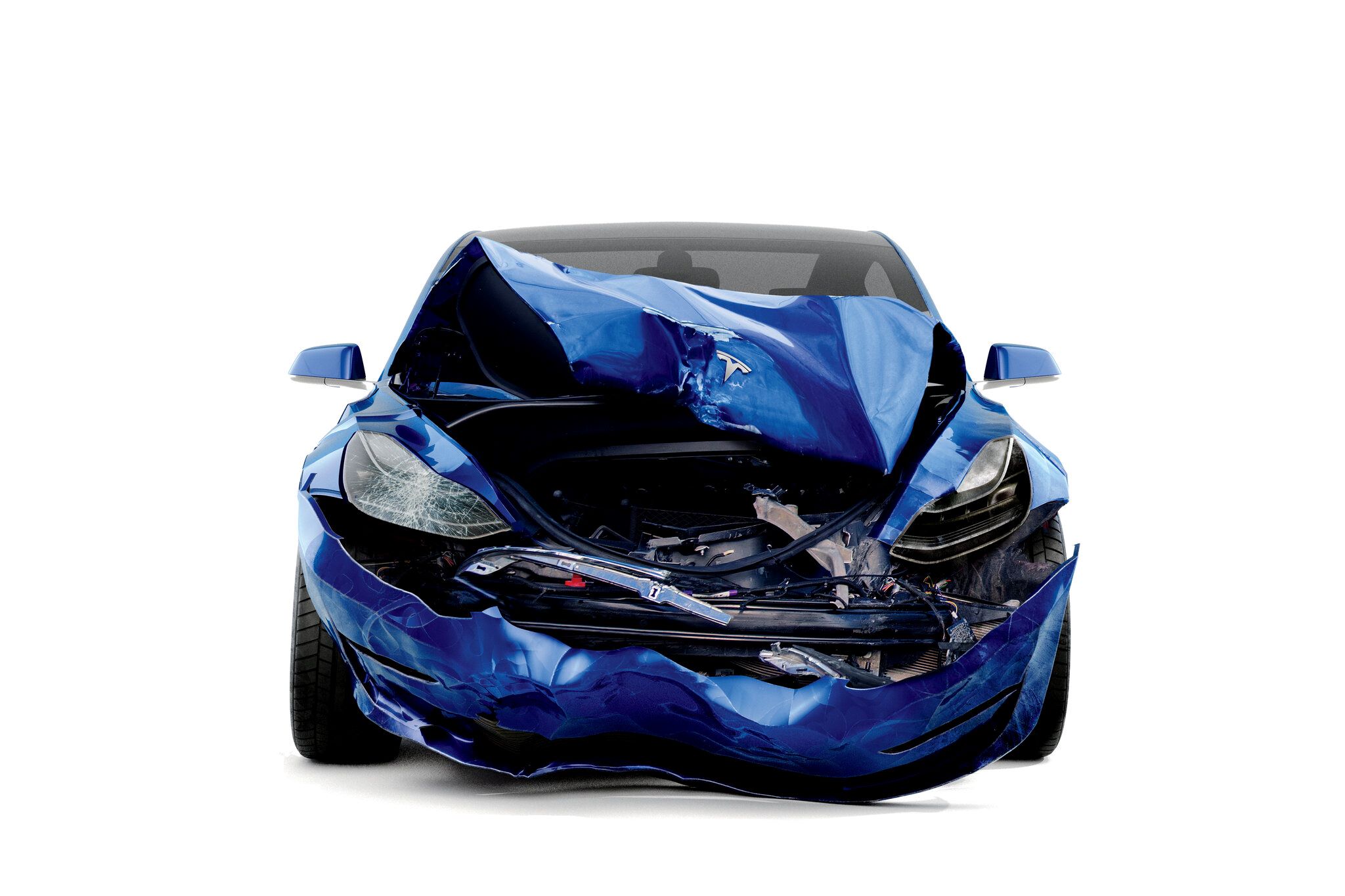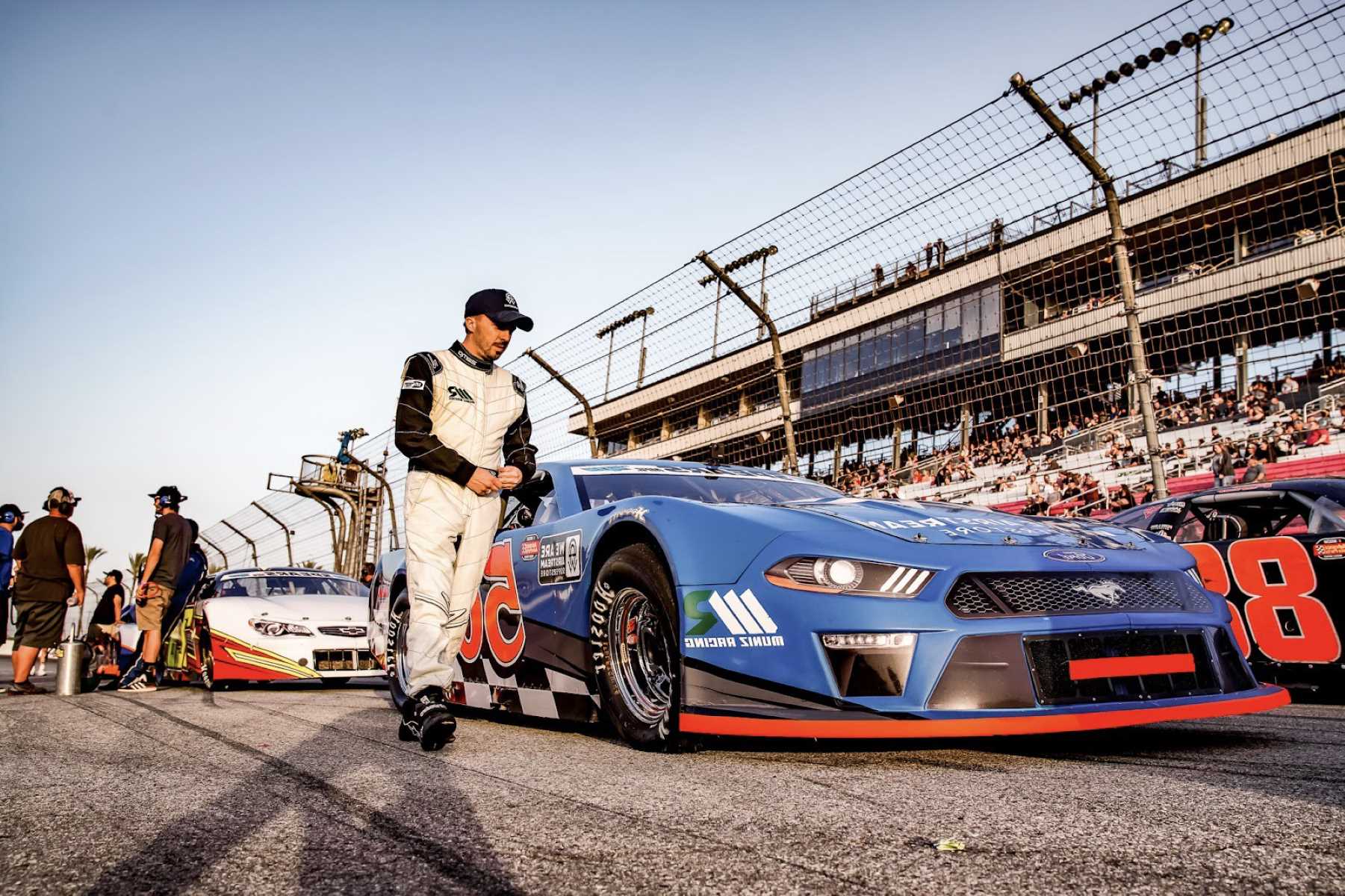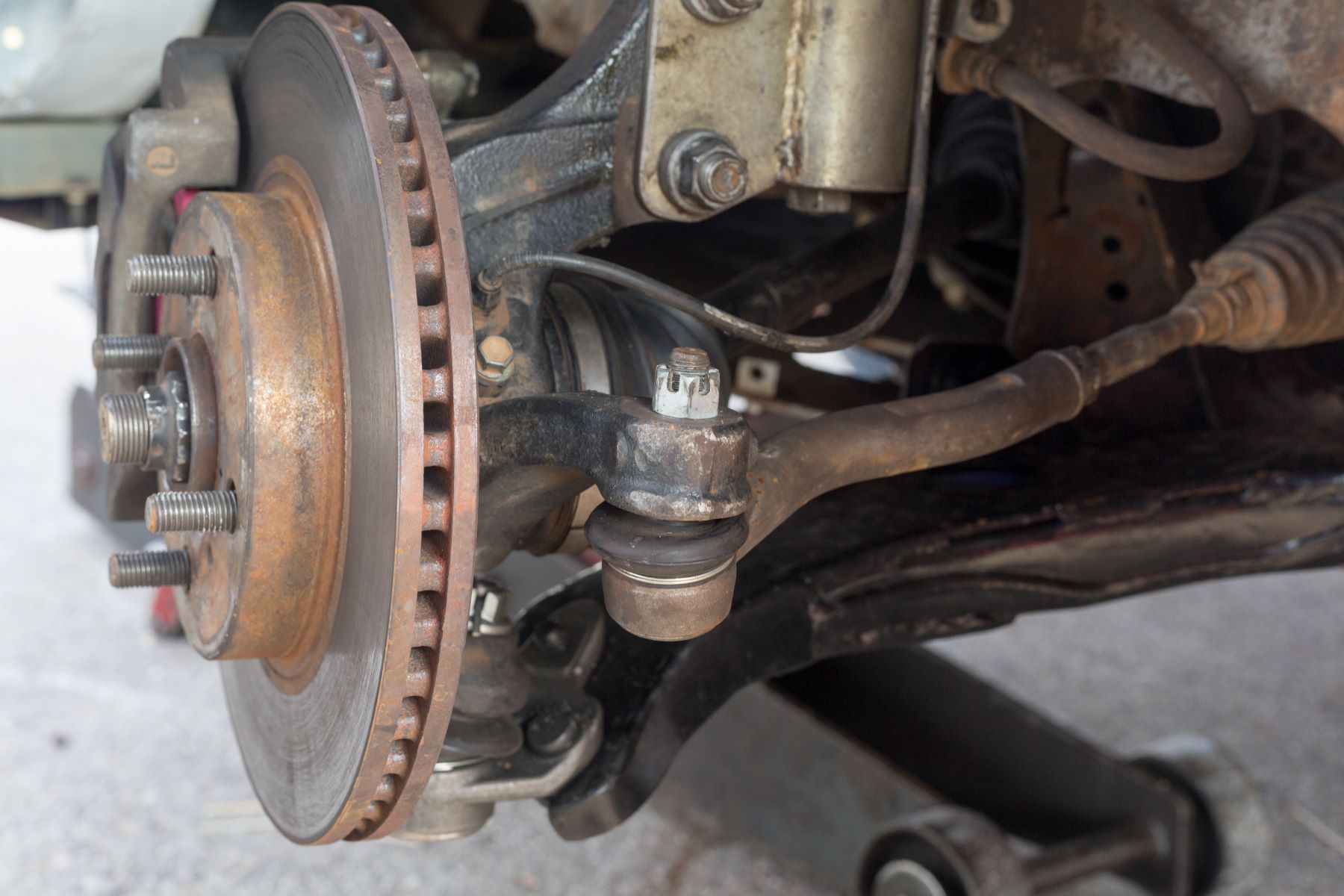Home>Technology and Computers>The Surprising Reason GPUs Require Drivers While Other Components Don’t!


Technology and Computers
The Surprising Reason GPUs Require Drivers While Other Components Don’t!
Published: February 9, 2024
Discover the surprising reason why GPUs require drivers while other components don't. Explore the intersection of technology and computers in this insightful article.
(Many of the links in this article redirect to a specific reviewed product. Your purchase of these products through affiliate links helps to generate commission for Regretless.com, at no extra cost. Learn more)
Table of Contents
Introduction
When we think about the components that make up a computer system, we often consider the processor, memory, storage, and various peripherals. These components work together seamlessly, allowing us to perform a myriad of tasks, from browsing the web to running complex software. However, there's one crucial element in modern computing that stands out due to its unique requirement: the Graphics Processing Unit (GPU).
In this article, we'll delve into the fascinating world of GPUs and explore why they require specialized software known as drivers, unlike other components such as the CPU, memory, or storage devices. Understanding the role of drivers in enabling the optimal performance of GPUs will shed light on the intricate mechanics that power the visual experiences we encounter in the digital realm.
So, let's embark on a journey to unravel the mystery behind why GPUs demand drivers while other components operate seamlessly without them. By the end of this exploration, you'll gain a deeper appreciation for the indispensable role of GPUs and the intricate software that fuels their capabilities.
Understanding GPUs
A Graphics Processing Unit, or GPU, is a specialized electronic circuit designed to rapidly manipulate and alter memory to accelerate the creation of images in a frame buffer intended for output to a display device. Unlike the Central Processing Unit (CPU), which is a general-purpose processor, the GPU is specifically engineered to handle complex mathematical and geometric calculations required for rendering graphics.
In essence, GPUs are tailored for parallel processing, enabling them to handle multiple tasks simultaneously. This parallel architecture is what distinguishes GPUs from CPUs and makes them particularly adept at handling graphics-related workloads. Whether it's rendering high-definition video, running visually immersive video games, or powering complex graphical interfaces, the GPU plays a pivotal role in delivering smooth and visually stunning experiences.
Moreover, modern GPUs are not limited to just graphical tasks. They are increasingly utilized for general-purpose computing, a concept known as General-Purpose computing on Graphics Processing Units (GPGPU). This expansion of functionality has propelled GPUs into the realm of scientific research, artificial intelligence, and cryptocurrency mining, where their parallel processing capabilities offer significant advantages over traditional CPUs.
The evolution of GPUs has been remarkable, with each new generation delivering enhanced performance and capabilities. From the early days of 2D graphics acceleration to the current era of ray tracing and real-time rendering, GPUs have continually pushed the boundaries of what's visually achievable in the digital domain.
In summary, GPUs are highly specialized processors designed to handle graphics-intensive tasks with remarkable efficiency. Their parallel architecture and dedicated focus on graphical computations make them indispensable for powering the visually immersive experiences we encounter in modern computing. As we unravel the intricacies of GPUs, we'll gain a deeper appreciation for the crucial role they play in shaping the digital landscape.
The Role of Drivers
At the heart of the seamless interaction between a GPU and the underlying operating system lies a crucial piece of software known as a "driver." In the realm of computing, a driver serves as a bridge between the hardware component, in this case, the GPU, and the operating system, enabling them to communicate effectively and harness the full potential of the hardware.
The primary function of a GPU driver is to act as a translator, facilitating the exchange of commands and data between the GPU and the operating system. This intermediary role is essential for ensuring that the operating system can leverage the capabilities of the GPU to render graphics, process visual data, and execute complex computational tasks efficiently.
Moreover, GPU drivers play a pivotal role in optimizing the performance of the GPU. They are meticulously crafted to fine-tune the behavior of the GPU, ensuring that it operates in harmony with the operating system and other system components. By providing a layer of abstraction between the hardware and the software, drivers enable developers to write code that can seamlessly tap into the advanced features and processing power offered by modern GPUs.
Furthermore, GPU drivers often include optimizations and bug fixes that enhance the stability and compatibility of the GPU with a wide range of applications and games. This ongoing refinement of drivers by GPU manufacturers is crucial for delivering a smooth and reliable user experience across diverse software environments.
It's important to note that the complexity of modern GPUs, with their advanced shader units, memory management systems, and intricate rendering pipelines, necessitates a sophisticated driver architecture. The driver must be capable of orchestrating these intricate components to deliver the desired visual output while efficiently utilizing the available resources.
In essence, GPU drivers serve as the linchpin that enables the seamless integration of the GPU into the broader computing ecosystem. Their role goes beyond mere compatibility and extends to performance optimization, feature enablement, and ensuring a stable and reliable computing experience for users.
As we unravel the significance of GPU drivers, we gain a deeper understanding of the meticulous engineering that underpins the symbiotic relationship between hardware and software in the realm of graphics processing. This exploration underscores the critical role that drivers play in unlocking the full potential of GPUs and shaping the visual experiences that define modern computing.
Why Other Components Don't Require Drivers
The absence of drivers for components such as the CPU, memory, and storage devices is rooted in the fundamental design and operational characteristics of these hardware elements. Unlike GPUs, which are highly specialized processors tailored for parallel processing of graphical tasks, other components operate within well-defined and standardized interfaces that are inherently supported by the operating system.
Central Processing Units (CPUs), for instance, are designed as general-purpose processors capable of executing a wide range of computational tasks. Their architecture and instruction set are well-established and standardized, allowing the operating system to seamlessly communicate with and utilize the CPU without the need for specialized drivers. The basic input/output system (BIOS) and the operating system's kernel have built-in support for interacting with the CPU, enabling tasks to be scheduled, instructions to be executed, and system resources to be managed efficiently.
Similarly, memory modules and storage devices, such as hard disk drives (HDDs) and solid-state drives (SSDs), adhere to industry-standard interfaces and protocols. The operating system's storage stack includes native drivers that enable it to interface with various storage devices, read and write data, and manage storage resources effectively. This built-in support for standard storage interfaces eliminates the need for additional drivers to operate these components seamlessly.
Furthermore, peripherals like keyboards, mice, and USB devices also fall into the category of components that typically do not require separate drivers. These devices often conform to established industry standards, allowing the operating system to recognize and interact with them using generic drivers that are part of the standard driver library.
In essence, the absence of drivers for these components is a testament to the robust standardization and built-in support within the operating system for interfacing with and harnessing the capabilities of essential hardware elements. The seamless integration of CPUs, memory, storage devices, and peripherals into the computing environment underscores the foundational principles of compatibility and interoperability that have been ingrained into modern computing architectures.
As we explore the reasons why other components do not require drivers, we gain insight into the harmonious relationship between these foundational hardware elements and the operating system, highlighting the cohesive framework that underpins the functionality and interoperability of computer systems.
Conclusion
In conclusion, the unique requirement for GPUs to have specialized drivers, unlike other components such as the CPU, memory, and storage devices, underscores the intricate interplay between hardware and software in the realm of graphics processing. The pivotal role of GPU drivers in facilitating seamless communication between the GPU and the operating system, optimizing performance, and ensuring compatibility across diverse software environments cannot be overstated.
The parallel architecture and specialized nature of GPUs necessitate a sophisticated driver ecosystem that orchestrates the intricate components of these processors to deliver visually stunning experiences, whether it's rendering lifelike gaming environments, accelerating scientific simulations, or powering artificial intelligence applications. This emphasis on parallel processing and graphical computations sets GPUs apart from traditional components, giving rise to the need for tailored software support in the form of drivers.
Conversely, the absence of drivers for other components is rooted in the standardized interfaces, well-defined protocols, and built-in support within the operating system for interacting with CPUs, memory, storage devices, and peripherals. The seamless integration of these components into the computing environment highlights the foundational principles of compatibility and interoperability that underpin modern computing architectures.
As we reflect on the surprising reason why GPUs require drivers while other components do not, we gain a deeper appreciation for the meticulous engineering that underpins the symbiotic relationship between hardware and software. This exploration underscores the critical role that drivers play in unlocking the full potential of GPUs and shaping the visual experiences that define modern computing.
Ultimately, the requirement for GPU drivers serves as a testament to the relentless pursuit of innovation in the pursuit of visually immersive and computationally intensive applications. It exemplifies the collaborative efforts of hardware manufacturers, software developers, and the broader computing community to push the boundaries of what's achievable in the realm of graphics processing. This ongoing evolution underscores the dynamic nature of technology and the relentless quest for excellence in delivering captivating visual experiences to users worldwide.















